order
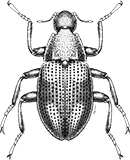
Coleoptera
“Adult Beetles”

Coleoptera
“Larval Beetles”

Diptera
“True Flies”

Ephemeroptera
“Mayflies”

Hemiptera
“True Bugs”

Lepidoptera
“Aquatic Caterpillars, Snout Moths”

Megaloptera
“Alderflies, Dobsonflies, and Fishflies”
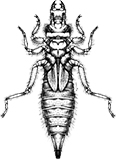
Odonata
“Dragonflies and Damselflies”

Plecoptera
“Stoneflies”

Trichoptera
“Caddisflies”
family
Chloroperlidae
genus
Alloperla
“Green Stoneflies”
Genus Overview
About 29 species occur in North America with only 8 described as nymphs. This genus once contained several specimens of newer genera including Bisancora, Plumiperla, Suwallia, Sweltsa and Triznaka. Because of this there is not a specific nymphal biology or trophic dynamics related to this genus.
Characteristics
POLLUTION TOLERANCE
Southeast: 1.4
0 = least tolerant, 10 = most tolerant
FEEDING HABITS
Collector / Gatherer
Engulfer / Predator
Scraper / Grazer
Engulfer / Predator
Scraper / Grazer
MOVEMENT
Clinger
DISTRIBUTION
Widespread (east of the Rocky Mtns.)
HABITAT
Lotic-erosional
Diagnostic Characters
order
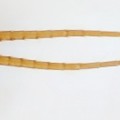
Two Tails
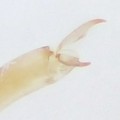
Two Tarsal Claws
family
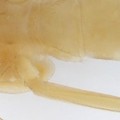
Gills Absent
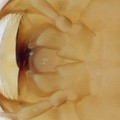
Glossae Shorter Than Paraglossae
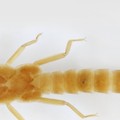
Hind Legs Reach
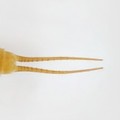
Short Cerci
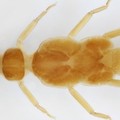
Thoracic Terga Plain
+ Expanded Character List
Order:
Wings developing in wing pads. Mouthparts suitable for chewing. Gills digitiform and located near mouthparts, on neck, sides of thorax, or underside of base of abdomen, never on top or sides of abdomen. Two tarsal claws per leg. Only two tails (cerci).
Family:
The body is small to middle-size (1/4–3/4 inch), slender, and without gills; the labium (lower lip) appears to have only two apical lobes; there is no color pattern on the head or thorax; the wing pads are not divergent, but are parallel with the body; the cerci (long slender filaments at the end of the body) are short, no more than ¾ as long as the abdomen.
Genus:
hindtibia and hindfemur with well developed fringe, pronotum with few setae
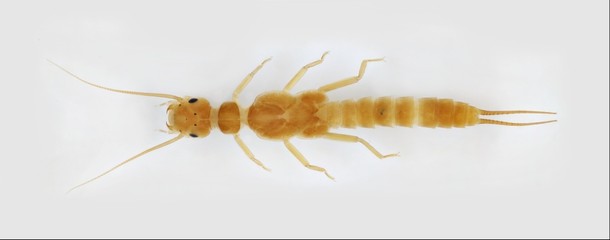

Dorsal
Ventral



